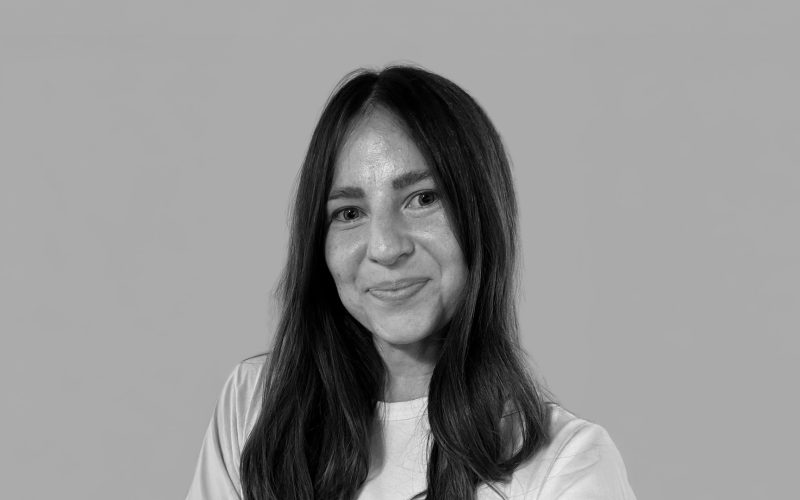Securing venture capital has become increasingly competitive for founders, making knowledge of funding structures a critical advantage. While standard agreements exist, uninformed choices can lead to unfavorable terms that haunt companies for years. Vlad Cazacu, co-founder and CEO of Flowlie Technologies, has built an AI-powered fundraising assistant to help founders navigate these challenges. His insights offer a practical roadmap for structuring raises from seed through Series B.
Getting venture capital isn’t what it used to be. Competition is fierce, and investors expect more from early-stage companies. “With more people seeking VC funding, understanding how to structure your first raise is crucial,” Vlad explains. He’s seen the difference this knowledge makes. “Knowing these basics sets you apart from founders learning on the fly.” Most deals at the early stage use standard documents, but that doesn’t mean everyone gets the same deal. “The early-stage market is more competitive than ever and most deals are done on standard SAFEs,” he notes. The catch? “Uninformed founders can actually get stuck with predatory terms that are unfavorable for them.”
Understanding the Nuances of SAFEs
The name suggests simplicity, but these documents come with nuances that matter when it’s time to convert to equity. “SAFEs or simple agreements for future equity are the most common for angel and pre-seed rounds,” Vlad says. In plain English? “They’re effectively a contract for future equity at a set price or valuation.”
There are variations, and the differences matter. “Post-money cap and post-money cap with discount are the typical variations of SAFEs,” he explains. The key distinction is about protection for investors if things don’t go as planned. “The discount gives investors more protection in case the next round isn’t done at a great valuation.” Many founders misunderstand how these mechanisms work together. “One misconception is that the cap and discount stack,” Vlad points out. “In reality, investors just get the better of the two, so you’re not really losing anything if you’re offering that.”
Using Convertible Notes Carefully
Before SAFEs became standard, convertible notes ruled early funding. Some investors still prefer them. “Convertible notes are debt that convert into equity usually after a few years or the next financing round,” Vlad explains. Their structure gives investors extra security. “Some investors prefer these because they’re sitting on your balance sheet so they have a claim to your assets.” That security comes at a price. “They can be problematic early on,” Vlad warns. “Notes accrue anywhere from 5 to 10% interest, so waiting too long for the next round means more dilution or investors demanding repayment when the note expires.” Not exactly the position a cash-strapped founder wants to be in.
Organizing Investors with SPVs
The third piece of the puzzle helps manage multiple small investors without creating a paperwork nightmare. “SPVs are special purpose vehicles,” Vlad explains. “They’re effectively LLCs that combine investments from multiple people into one entity and they can invest with that entity into you.” Their popularity is growing as angel investing becomes more accessible. “They’re increasingly common as more and more angels get into tech,” he observes. Setting up your own isn’t complicated, but it isn’t free either. “You can form your own for anywhere from $4,000 to $6,000 from a lot of platforms.” The benefits are clear: “SPVs mean cleaner cap tables, less paperwork, and no voting issues down the line.” But they’re not always worth it. “They’re not worth the cost for small rounds with few investors,” Vlad advises.
Knowledge matters when you’re asking for money. Being prepared shows investors you’re serious. “The main takeaway before raising: make sure you understand how SAFEs, notes, and SPVs work,” Vlad emphasizes. Getting it right the first time pays dividends later. “Structure your first round properly to make future fundraising easier.” In a market where every advantage counts, understanding these basics isn’t optional. “In a competitive market, this knowledge makes you stand out and be more prepared for those critical conversations with investors,” Vlad concludes.
The funding landscape keeps changing, but the fundamentals remain. Know what you’re signing, understand the implications, and structure your raise with the future in mind. Your next round of investors will thank you.
Connect with Vlad Cazacu on LinkedIn to follow his work and fundraising strategies.











